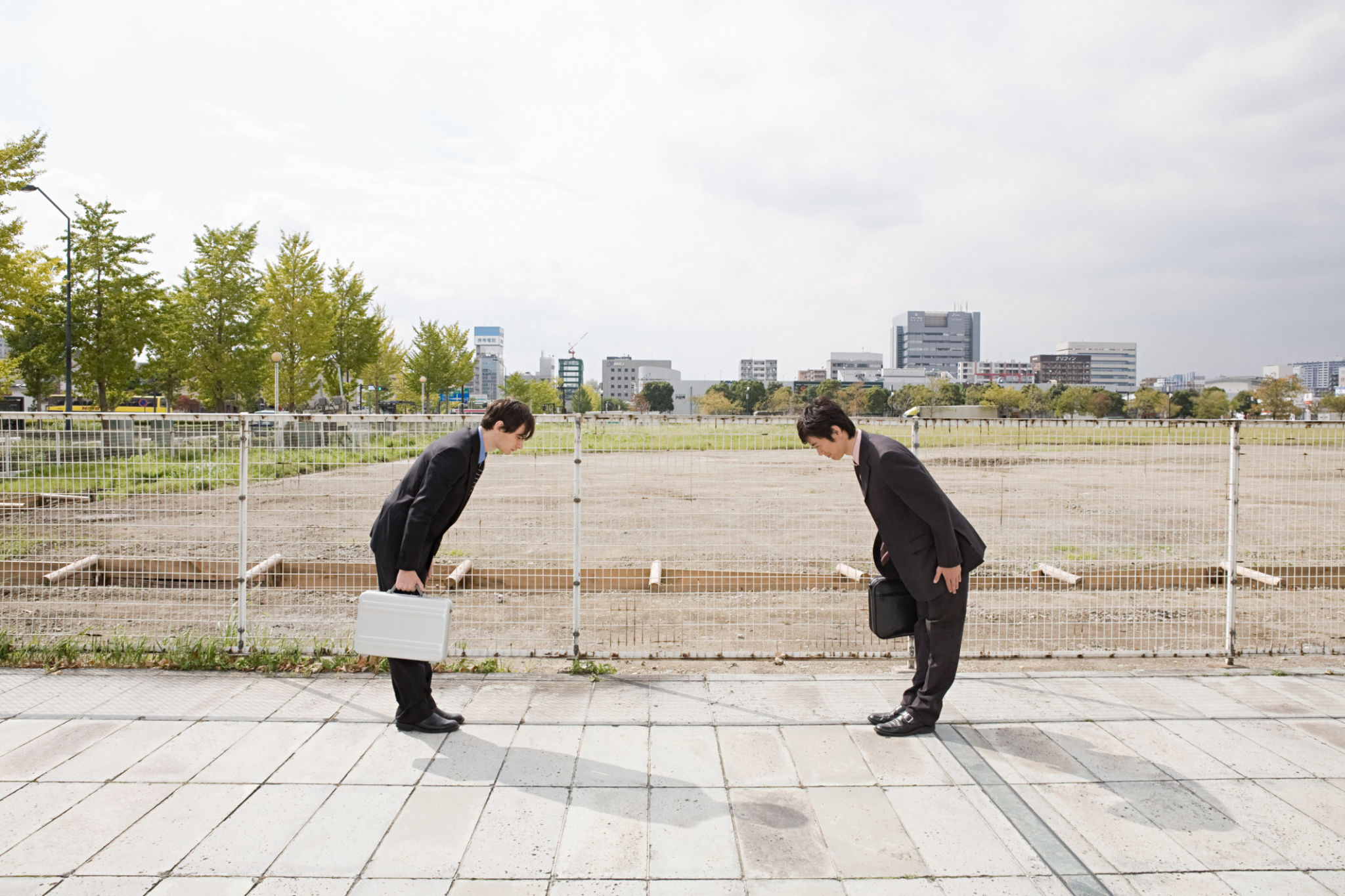Understanding the Different Types of Commercial Construction Projects: A Comprehensive Overview
Introduction to Commercial Construction Projects
Commercial construction projects are diverse and complex, involving a wide range of activities, from planning and design to building and maintenance. Understanding the different types of commercial construction projects is crucial for businesses, investors, and contractors in making informed decisions. This comprehensive overview will explore the primary categories of commercial construction projects, highlighting their unique features and requirements.

Office Buildings
Office buildings are among the most common types of commercial construction projects. These structures are designed to provide a functional and comfortable space for businesses to operate. The design and construction of office buildings must consider factors such as location, accessibility, and technological infrastructure. Modern office buildings often incorporate sustainable building practices to enhance energy efficiency and reduce environmental impact.
High-Rise vs. Low-Rise
Office buildings can be classified into high-rise and low-rise categories. High-rise buildings, often located in urban centers, require careful consideration of structural integrity and safety measures due to their height. Low-rise buildings, typically found in suburban areas, offer more flexibility in design and are usually less costly to construct.
Retail Spaces
Retail construction projects focus on creating spaces where businesses can sell products and services to consumers. The design of retail spaces must prioritize visibility, accessibility, and customer experience. Factors such as location, foot traffic, and parking availability play a significant role in the success of retail establishments.

Shopping Malls
Shopping malls are large retail complexes that house multiple stores under one roof. They require extensive planning and coordination to ensure each tenant has adequate space and that the overall design encourages shopper flow. Additionally, malls often include amenities such as food courts and entertainment areas to attract more visitors.
Standalone Stores
Standalone stores are individual retail outlets that operate independently. They often require a tailored design approach to reflect the brand's identity and meet specific business needs. These projects can range from small boutique shops to large big-box stores.
Industrial Facilities
Industrial construction projects encompass facilities designed for manufacturing, distribution, and storage. These projects require specialized knowledge in handling heavy machinery, logistics, and safety regulations. Industrial facilities are typically located in areas with easy access to transportation networks to facilitate the movement of goods.

Warehouses
Warehouses are essential for storing goods and materials. They require efficient use of space and robust structural design to accommodate heavy loads. Modern warehouses often incorporate automation technologies to optimize inventory management and distribution processes.
Manufacturing Plants
Manufacturing plants are complex facilities that house production activities. These projects demand precise planning to ensure space is optimized for workflow efficiency and compliance with industry standards. Environmental considerations are also crucial, as manufacturing plants can have significant impacts on local ecosystems.
Conclusion
Understanding the different types of commercial construction projects is essential for stakeholders involved in the industry. Each category has its own set of challenges and opportunities, requiring careful planning and execution. By familiarizing themselves with the unique characteristics of office buildings, retail spaces, and industrial facilities, businesses can make informed decisions that align with their objectives and contribute to successful project outcomes.
